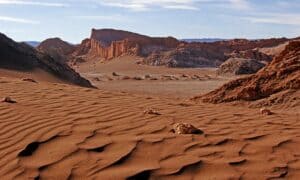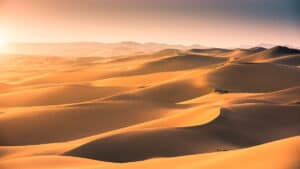Deserts are some of the most extreme climates on the planet. Not only do they contain record-breaking heat and cold, but it only takes a few hours for temperatures to change drastically. While some may think of deserts as barren wastelands, you can find ample life in a desert accustomed to the land’s extreme temperatures. This article will look at 6 incredible survival skills that animals use to live in deserts.
Blistering heat is what most deserts are known for, but places with freezing temperatures, like Antarctica, are also considered a desert since the area is dry. Many animals have adapted to live comfortably in a desert and use their incredible survival skills to thrive in the area’s harsh climate.
Incredible Survival Skills of Desert Animals
The desert animals’ lifestyles and bodies are important in keeping them alive in the harsh desert environment. Desert animals’ bodies are uniquely designed to prevent themselves from overheating, freezing, and running out of energy. With the variety of life that live in a desert, such as toads, birds, cats, foxes, and plenty of other creatures, each species has its own traits to comfortably survive a desert. Let’s take a look at 6 incredible skills animals use to survive a desert.
1. Ability To Avoid The Heat
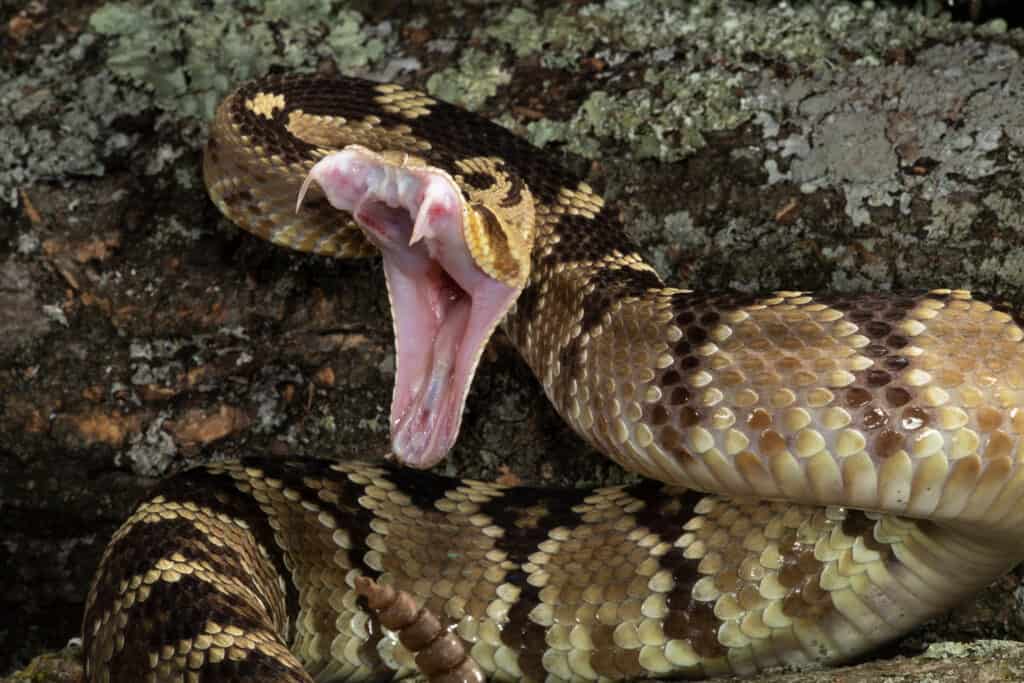
Rattlesnakes burrow underground to escape the heat of the day.
©Joe McDonald/Shutterstock.com
Avoiding heat is a skill that many animals use to survive in a desert, and many species have creative methods to keep themselves out of the sun. It is common for desert animals to avoid going out during the hottest time of the day. Diurnal species tend to come out during the morning and in the evening when temperatures begin to cool.
The shade put off by large cactus and trees are used by animals active during the day. Shady areas are a great spot for animals to cool down and avoid overheating in the sun. The hottest time period of the day in the desert is between 2 p.m to 6 pm in the summer, and most animals are smart enough to avoid staying in the sun during this period.
Burrowing is skill animals possess to avoid heat. Burrows provide home to various animals in the desert, and the temperatures stay much cooler underground than on the surface.
Some of the desert animals that use burrows include:
- Rattle Snakes
- Burrowing Owls
- Desert Foxes
- Digger bees
- Gila Monsters
- Desert Tortoise
- Sand Roaches
- Desert Tarantulas
- Horned Lizards
Burrowing is an extremely common trait of desert animals, as it allows them to avoid the sun and hide out in a cool area until the temperature drops. Avoiding the heat can be done by digging underground, being active at night, or finding a shady spot to rest under during the hottest time of the day.
2. Nocturnal Lifestyle

Burrowing owls use their powerful eyesight at night.
©Mauricio S Ferreira/Shutterstock.com
Avoiding the extreme heat of a desert is easy when you are a nocturnal animal. Many animals that live in burrows are also nocturnal, only becoming active at night. Animals that are active at night have eyesight that helps them see in the dark.
One example is the mountain lion, which has large eyes with retinas that have more rods than cones, making it easier to spot things in dim lighting. Burrowing owls are common in desert habitats and have some of the best night vision among animals.
Being able to enjoy the cool desert Enjoying main benefits of being a nocturnal animal. In the day, temperatures in a desert can reach over 100°F (38°C), but as night falls, the temperature does as well, averaging around 25°F (-3.9°C). The lack of moisture in the air of a desert makes the degrees fall more rapidly.
Nocturnal animals are extremely common in deserts since it allows them to escape the heat, but it also helps some species avoid dangerous predators. With little light, nocturnal animals tend to have better eyesight, smell, and hearing, to safely navigate the dark.
3. Estivation
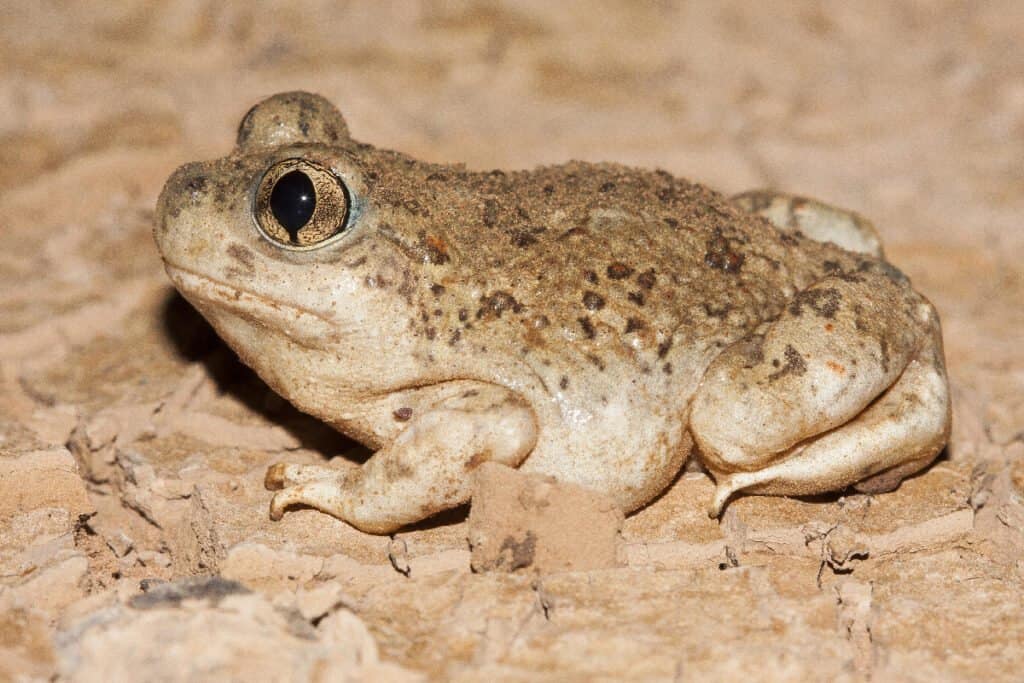
Desert spadefoot toads can remain underground for as much as 10 years.
©Viktor Loki/Shutterstock.com
Some animals that live in deserts are only active during specific times of the year and remain in a state called estivation. Estivation is a state of dormancy caused by extreme heat and dryness. Unlike hibernation, estivation occurs in the summer months and is not brought on by cold. In estivation animals’ heart rate and metabolic rate slow, making it possible for them to conserve energy for long periods of time.
One of the most incredible animals that estivate in deserts is the spadefoot toad. This species spends around 10 months of the year in a state of estivation. Spadefoot toads only emerge under the correct conditions and can remain underground for up to 10 years if there is no rain. Extremely heavy rainfall is what brings the spadefoot toad out from underground. They are an explosive breeder and will congregate in large numbers in the temporary pools.
Estivation is common in desert animals, as it is a useful skill that animals use to survive in the hottest climates. Other animals that rely on estivation in deserts include the desert tortoise, crocodiles, salamanders, and other amphibians like the African bullfrog. When an animal estivates, it helps them survive the hottest periods of the year, and also helps them survive when water and food are scarce.
4. Dissipate Heat
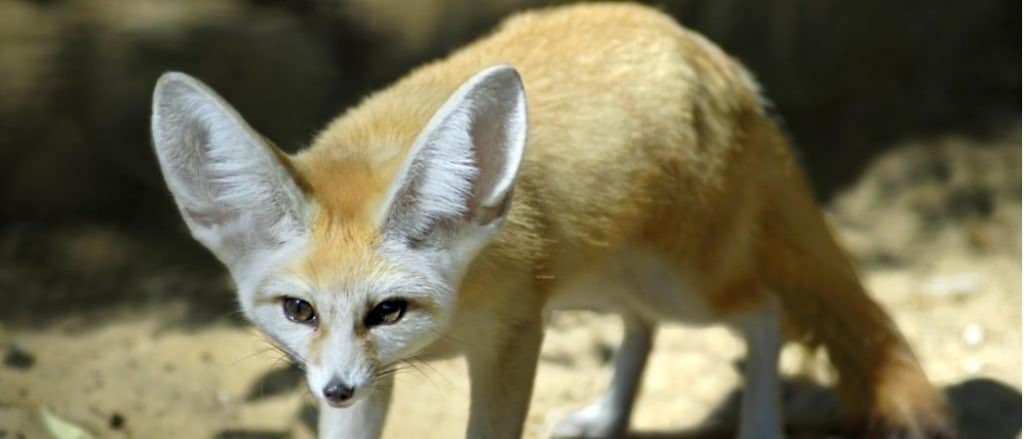
Fennec foxes have large ears to dissipate heat.
©Christian Musat/Shutterstock.com
The extreme heat is a challenge for most desert animals to overcome. The skill to dissipate heat is a common trait that many desert-dwelling animals possess. Large ears are a very common feature that desert animals have, as it helps them get rid of the unwanted heat in their body. Animals like sand cats, jack rabbits, fennec foxes, Arabian wolves, the jerboa, and desert hedgehogs are some of the few that have large ears that help them get rid of heat.
Large ears are just one-way desert animals remain cool when active during the day. Some species have thick coats that keep them cold in the winter, but in the summer they will shed their thick coats to maintain less heat. Animals like coyotes and bighorn sheep shed their coats before the summer comes. The coats of sheep maintain their thickness around their body, and they shed most of their hair around their legs. Desert animals are usually lighter colors like white or gray, making it so their body attracts less heat.
With the different animals that live in deserts, each species has its own methods of keeping itself cool. Coyotes will pant like a dog, and vultures will urinate on themselves to reduce cool down their legs. Getting rid of heat is a common skill that most desert animals active during the day have.
5. Finding Water
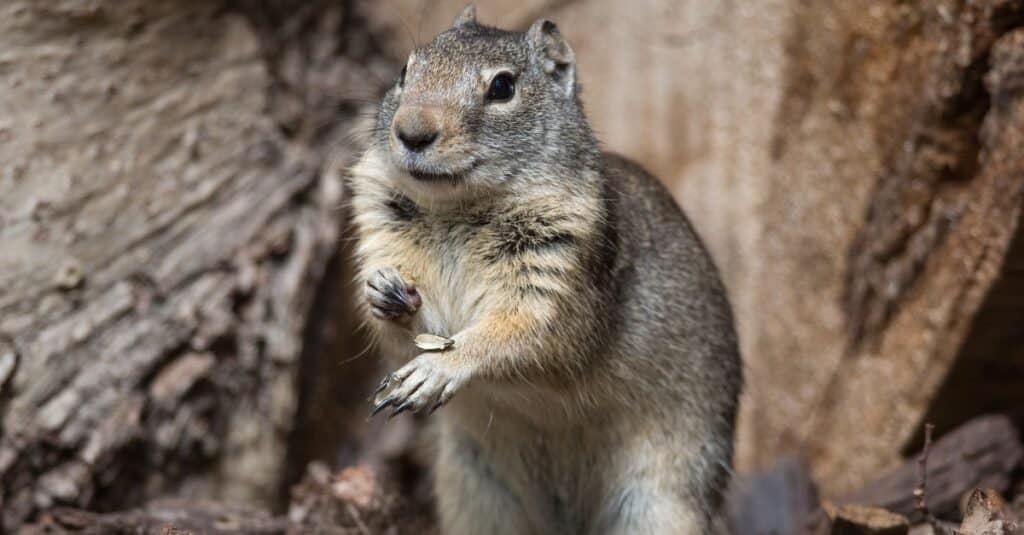
Ground squirrels use cacti as their water source.
©iStock.com/Savageslc
Water is scarce in a desert, but animals still require it to survive. Luckily animals have managed to get water in different ways, even when it does not rain for long periods of time. For a landscape to be classified as a desert, it must get no more than 10 inches of precipitation in a year. Animals in deserts rely on the water found in their food mainly and do not drink water directly.
Cacti are important plants found in most deserts and store water for animals to drink. Cacti are made up of around 90 to 94% water, and also contain fruit like the prickly pear that contains valuable water. Some animals that eat cacti include camels, ground squirrels, and woodpeckers.
Desert animals are skillful in obtaining water from different sources along with cacti. Insects, seeds, roots, and other foods that animals eat contain water that is vital to their survival. Some desert animals can go their entire lives without a drink, and get all their water from food.
6. Storing Fat in Their Bodies

Camels store fat in their humps.
©Wolfgang Zwanzger/Shutterstock.com
The ability to store fat in an animal’s body is important for some species to survive when food gets scarce. One example is the camel, whose large humps are actually fat storages, that are able to keep them sustained without food for months. Fat stores in animals are useful in emergency situations when water is hard to find, which is common in a desert.
Gila monsters are also desert animals that are able to store fat in their bodies and their plump tail. Storing fat makes it possible for the Gila monster to remain underground, and conserve energy. The bodies of desert animals are efficient in surviving off little water and food.
Up Next:
Discover the 8 Most Beautiful Deserts on Earth
10 Terrestrial Animals That Spend Their Lives On The Ground
The 15 Largest Deserts in the World
The 4 Largest Deserts in North America are Stunning
The photo featured at the top of this post is © Wolfgang Zwanzger/Shutterstock.com
Thank you for reading! Have some feedback for us? Contact the AZ Animals editorial team.




